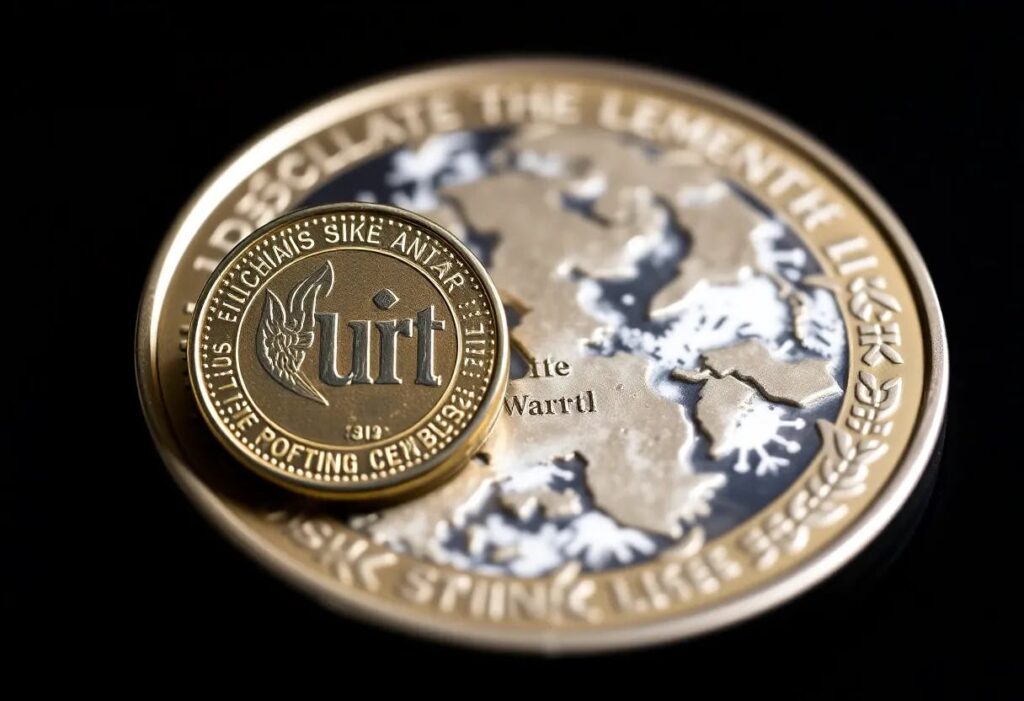In 2021, the DeFi sector entered the cryptocurrency mainstream, promising to change the world of traditional finance. At the dawn of DeFi, in 2020, the total value locked (TVL) in DeFi projects did not exceed $1 billion. By the end of 2021, the TVL increased by more than $175 billion, a spectacular result achieved by the emerging industry.
However, DeFi found itself under material pressure in the first half of 2022. Several catalysts triggered a sharp outflow of capital from DeFi. The collapse of Terra/LUNA called into question the entire DeFi business model, while the sharp increase in interest rates in developed countries made traditional instruments more attractive to many investors.
As a result, TVL fell from the peak near the $175 billion level to the low of around $37 billion, reached in October 2023. The rise in crypto markets, triggered by expectations of approval of Bitcoin spot ETFs, supported DeFi projects. TVL started growing again and surpassed the $100 billion level in June 2024.
Unfortunately for DeFi enthusiasts, this growth has been slowed by the general correction in cryptocurrency markets.
Looking at the market capitalization of DeFi projects, it turns out that the sector is smaller than that of meme coins ($28 billion vs. $40 billion). How did this happen?
From a broader perspective, the DeFi sector is looking for its place in the high-interest rate world of traditional financial markets. It is worth noting that interest rates have moved away from their peak levels, while major central banks have already started their rate cutting cycles. Ultimately, lower interest rates should boost interest in DeFi.
DeFi needs to define its unique value proposition to remain relevant. At the time when DeFi emerged as the financial instrument of the future, its projects offered attractive yields compared to the near-zero yields provided by traditional financial institutions. The significant difference in yields, and therefore potential profits, served as a key catalyst for the strong growth of DeFi projects in 2021.
Users quickly discovered that DeFi was unable to support enticing returns, leading to scandals and a drop in confidence across the industry.
To grow sustainably, DeFi must offer returns that are competitive with those offered by traditional finance. At the same time, these returns must be justified by a solid business model rather than a Ponzi scheme. The industry must strike the perfect balance between yield and security, and then sell the “DeFi product” to crypto investors.
In the meantime, the memecoin industry has a simple “product”: multi-baggers. Of course, most memecoins will never reach the success of Doge or Shiba, but investors are still hoping to cash in on the next memecoin star.
Overall, the new rate cut cycle should push interest rates to lower levels and provide material support to the DeFi sector over time. However, the sector also needs to find internal drivers for sustainable growth. DeFi has significant growth potential, but its value needs to be unlocked.




